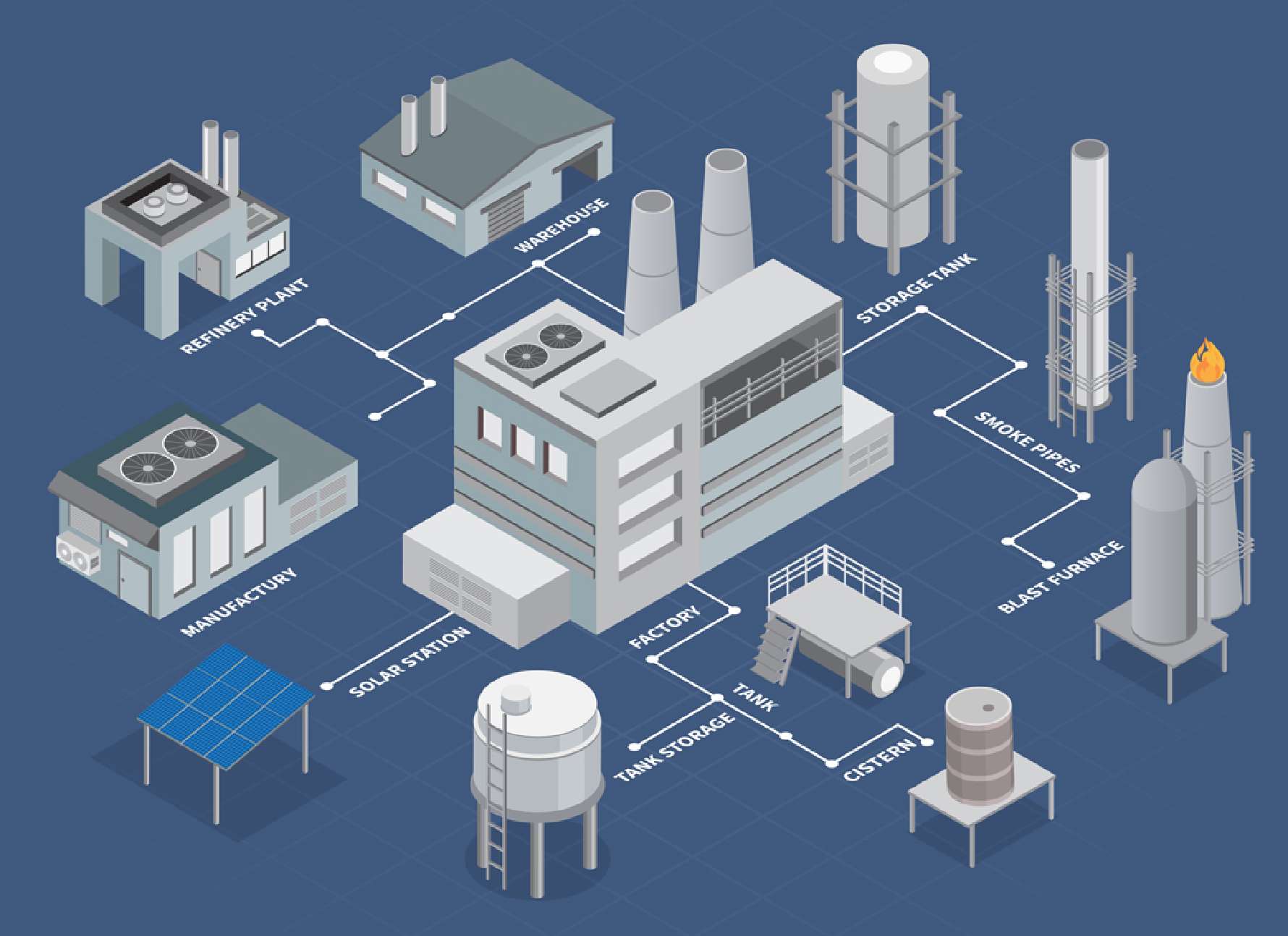Why you should choose a dedicated BI tool over a built-in MES reporting tool
Yves Bourgeois on , updated
When you’re working with a proprietary MES platform, using the built-in reporting tool can be traumatising. Same story when you’re trying to integrate your own BI tool. Is there an alternative route? And why is a dedicated BI solution better than a built-in tool?
Manufacturing Execution Systems (MES) are highly automated control systems for the shop floor. They add context to raw production data. MES software helps the people in the plant to run the floor better, and as a by-product, it generates better data for other systems such as ERP and reporting tools.
Important to know is that an MES is not a software solution on itself, but combines functionality of different applications in one interface.
Plant managers use an MES platform to get a grip on even the smallest details of the production process. Real-time data insights are leveraged to reduce scrap and reworks, prevent standstills and bottlenecks, and enhance the efficiency of technical operations.
The company CEO or CFO, however, has different needs.
C-level executives don’t care much about the pressure on a certain valve, but prefer to focus on the big numbers. To make an analysis of delivery reliability, waste or overall efficiency, they will use a built-in or dedicated reporting tool that grabs data from the MES database.

Downsides of business reporting with a built-in tool
-
Poor performance. A common issue with legacy systems is that the database is poorly designed or not properly set up. This will reflect on reporting, as inaccurate data will be sent to the BI tool. Another classic pain is its usability, since it often takes older MES systems minutes to load a basic graph.
-
Lack of flexibility. Proprietary MES platforms often allow no one but the original software supplier to make adjustments to the system setup or the reports. Additional development costs eventually become a millstone around the neck, and could prevent your company from getting the insights needed.
-
Limited functionality. Developing additional reporting functionality is a side dish for most MES suppliers. This means that you will probably end up with a mediocre reporting tool that has limited functionality, is outdated on the day it arrives and lacks frequent updates.

Why and how you to bring your own BI tool
FactryOS makes it easy to integrate your current BI tool or any other modern alternative. This allows you to enjoy advanced features of a tool that was especially designed by experts in reporting software, and improve the data quality of the reports built with it.
On top of that, our MES automatically collects the data from the production process such as yield and waste, without the operator having to put in the data manually. Again, accurate data is sent to the MES in real-time, greatly improving the quality of the reports.

Popular business reporting tools
Many of our clients in the process industry prefer one of the following reporting tools. However, it is possible to integrate any other business intelligence tool with the same level of ease.
Power BI
Power BI is a powerful reporting platform that can be integrated with about any data source. The software is often praised for its user-friendliness and advanced data visualisation capabilities.
Microsoft’s flagship is a popular one amongst our clients. It allows them to ask questions about their data and get them answered. Another benefit is that it has both a desktop and a web version.
Jasper Reports
The classical choice for static reporting that does what it says on the tin. If you don’t mind fixed reports and require only basic reporting functionality, Jasper Reports might be a perfect fit for you.
Don’t expect a lot of extra features or flexibility to modify the reports, or to zoom in on parameters. But at least you might be better off than with the built-in tool your supplier once set you up with.
Metabase
Metabase is a more flexible tool and allows you to “ask questions to your data”. The software feels like a combination between a data exploration tool and a business intelligence tool.
Metabase is situated somewhere between Jasper Reports and Grafana, the visualization component Factry Historian ships with. It allows for dynamic reporting, and enables the CEO to go into detail.
How FactryOS will improve business reporting
FactryOS will help you to improve efficiency of production, while making your business reporting process more flexible and accurate.
-
So long to a messy database and slow response times. The FactryOS database (PostgreSQL) is built to industry standards, heavenly well-structured, extensively documented and can be integrated with any type of business intelligence tool.
-
Built-in reporting solutions will not only force you to use a suboptimal solution, but also to spend a lot of money on it, with the choice of one supplier. FactryOS allows you to make your own choices, and bring your favorite tool to the table.
Are you ready to take business reporting to the next level? Then choose a MES that enables you to connect any piece of reporting software you want, puts the data at your fingertips and stops you from flushing money down the drain on development costs.
Join a demo session or FactryOS
Meet the most user-friendly MES platformon the market in Industry 4.0


